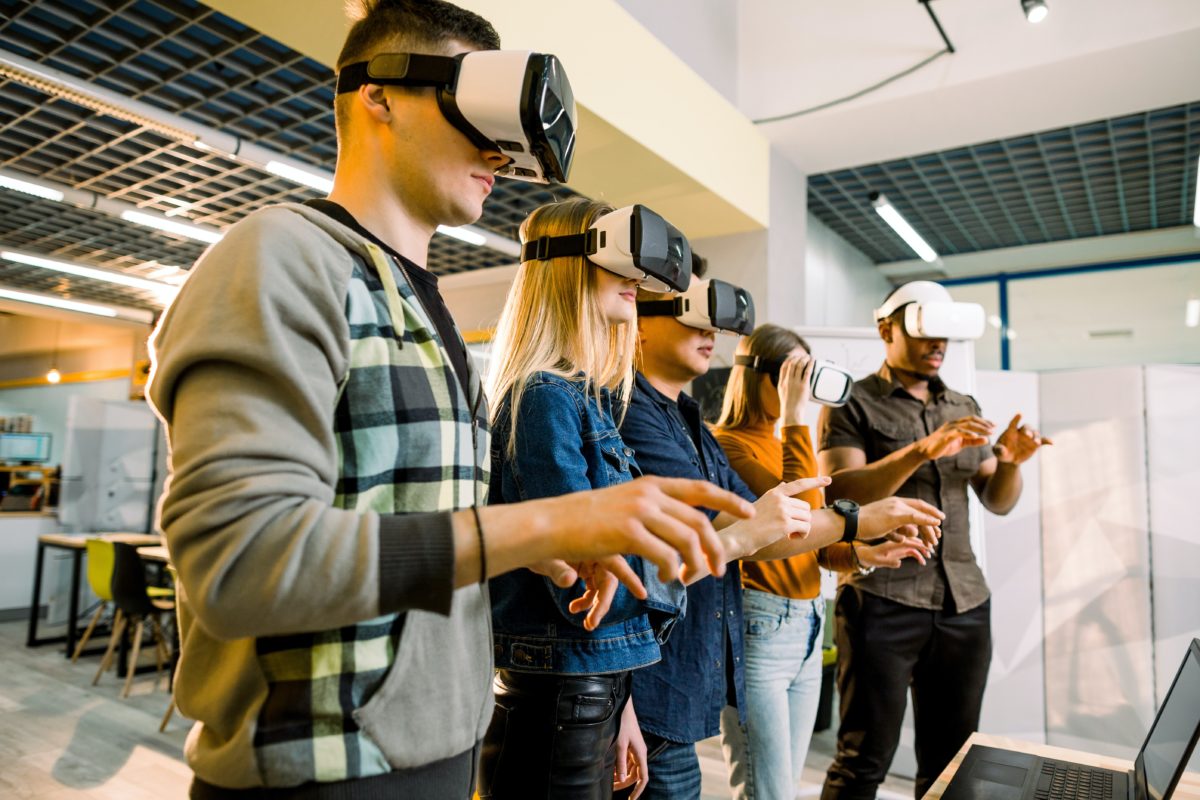Unity and Unreal Engine are two of the most popular game development platforms, and are widely used for the creation of Augmented Reality (AR) and Virtual Reality (VR) experiences. Both Unity and Unreal Engine offer a range of tools and features specifically designed for AR and VR development, including support for 3D modeling and animation, user interface design, and motion capture and animation.
Unity is a versatile and user-friendly development platform that is well-suited for AR and VR development. Unity’s AR and VR tools allow developers to create immersive and engaging experiences, and the platform has a strong presence in the gaming and entertainment industries. Unity’s development environment is easy to use, even for beginners, and the platform offers a range of tutorials and documentation to help developers get started.
Unreal Engine is another popular development platform that is well-suited for AR and VR development. Unreal Engine’s AR and VR tools are known for their realism and high-quality graphics, and the platform is used by many leading game developers and animation studios. Unreal Engine’s development environment is more advanced than Unity’s, and may be better suited for experienced developers or those working on complex projects. However, Unreal Engine also offers a range of tutorials and documentation to help developers get started.
Overall, both Unity and Unreal Engine are powerful and versatile tools for Augmented Reality and Virtual Reality development. Whether you’re a beginner or an experienced developer, these platforms offer a range of tools and features to help you create immersive and engaging AR and VR experiences.

Pros of Unity for AR/VR development
- Unity is a versatile and user-friendly development platform, making it well-suited for both beginners and experienced developers.
- Unity offers a range of tools and features specifically designed for AR and VR development, including support for 3D modeling and animation, user interface design, and motion capture and animation.
- Unity has a strong presence in the gaming and entertainment industries, and is used by many leading game developers and studios.
- Unity offers a range of tutorials and documentation to help developers get started with AR and VR development.
Cons of Unity for AR/VR development
- Unity’s development environment may not be as advanced or powerful as Unreal Engine’s, and may not be suitable for complex or high-performance projects.
- Unity’s tools and features may not be as realistic or high-quality as Unreal Engine’s, which may be a disadvantage for developers working on more demanding projects.
- Unity may not be as well-suited for developers working in industries outside of gaming and entertainment, such as healthcare or education.
Pros of Unreal Engine for AR/VR development
- Unreal Engine is a powerful and versatile development platform, and is well-suited for complex or high-performance projects.
- Unreal Engine’s tools and features are known for their realism and high-quality graphics, and are used by many leading game developers and animation studios.
- Unreal Engine offers a range of tutorials and documentation to help developers get started with AR and VR development.
Cons of Unreal Engine for AR/VR development
- Unreal Engine’s development environment may be more advanced and difficult to use compared to Unity’s, and may not be suitable for beginners or those working on simpler projects.
- Unreal Engine may not be as well-suited for developers working in industries outside of gaming and entertainment, such as healthcare or education.
- Unreal Engine may not have the same level of support and resources as Unity, such as community forums and third-party plugins.

Here are some great courses available for Unity & Unreal Engine development.
Unity Certified Developer (Link Here)
This course is aimed at experienced developers who want to become certified in using Unity for AR and VR development. The course covers a range of topics, including game design and development, 3D modeling and animation, and user interface design, and includes hands-on projects and assessments. Upon completion, participants will receive a Unity Certified Developer certification.
Unreal Engine for Augmented Reality and Virtual Reality Development (Link Here)
This course is designed for developers who want to learn how to use Unreal Engine for Augmented Reality and Virtual Reality development. The course covers a range of topics, including game design and development, 3D modeling and animation, and user interface design, and includes hands-on projects and assessments. Upon completion, participants will have a solid foundation in using Unreal Engine for AR and VR development.
Augmented Reality and Virtual Reality Development with Unity (Link Here)
This course is aimed at beginners who want to learn how to use Unity to develop AR and VR experiences. The course covers the basics of AR and VR, as well as the Unity development platform, and includes hands-on projects and exercises. Upon completion, participants will have the skills and knowledge to create their own AR and VR experiences using Unity.
Introduction to AR and VR Development with Unreal Engine (Link Here)
This course is designed for beginners who want to learn how to use Unreal Engine for AR and VR development. The course covers the basics of AR and VR, as well as the Unreal Engine development platform, and includes hands-on projects and exercises. Upon completion, participants will have a solid foundation in using Unreal Engine for AR and VR development.
